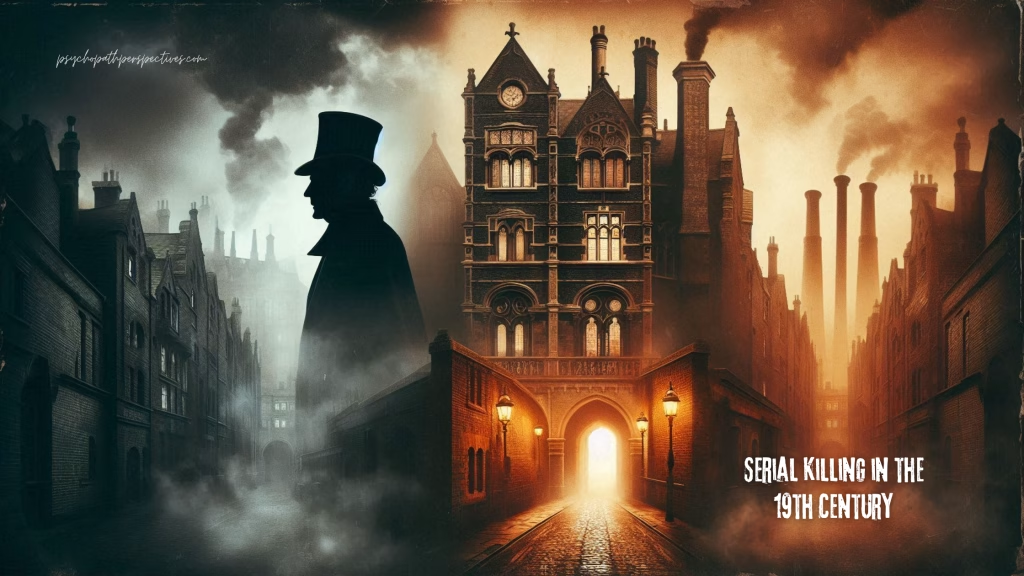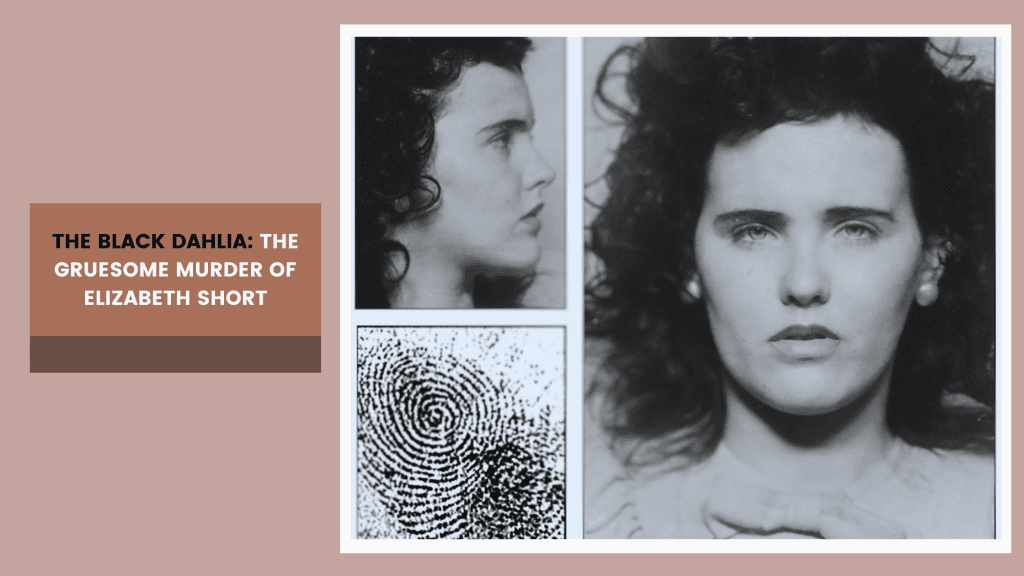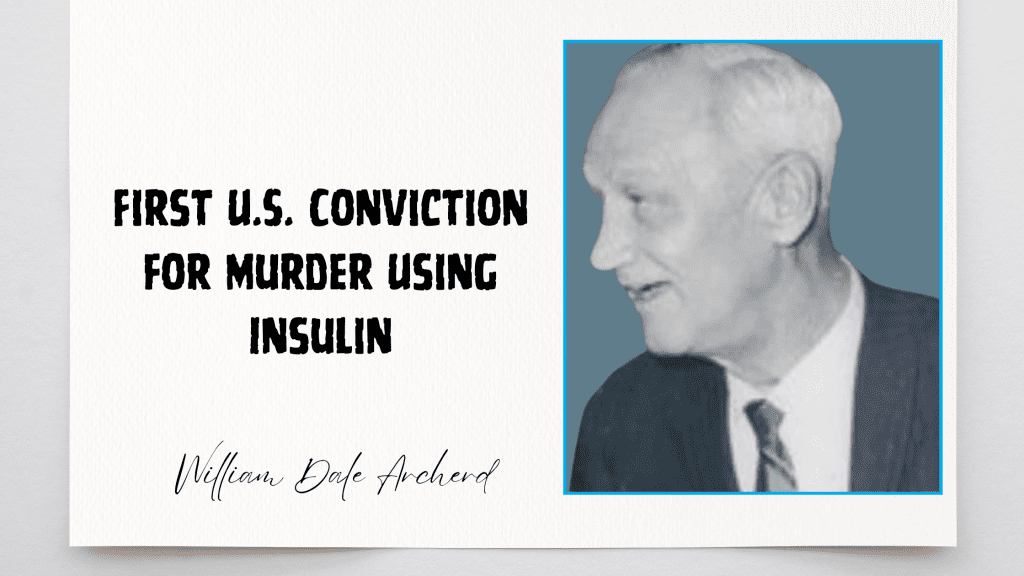When we think of serial killers, we often picture modern-day headlines, forensic profiling, and police databases. But the roots of serial killing run much deeper back to the foggy streets of 19th-century cities, where some of the most infamous murderers in history first shocked the world. Long before the term “serial killer” even existed, two names emerged from the shadows: Jack the Ripper in London and H. H. Holmes in Chicago.
Both men separated by an ocean but bound by blood, left behind legacies of fear, mystery, and brutal innovation in the art of murder.
The Birth of a New Kind of Killer
The 19th century was an era of progress and peril. Industrial revolutions brought sprawling cities, booming populations, and a breakdown of traditional social structures. With anonymity easier to maintain in urban chaos, the century created the perfect storm for a new kind of killer, calculated, remorseless, and disturbingly methodical.
Jack the Ripper: The Phantom of Whitechapel
London, 1888, A city gripped by fear. In the impoverished Whitechapel district, a shadow moved through the alleys, striking down women with surgical precision. The victims were sex workers, murdered at night, their bodies mutilated in ways that suggested both rage and skill.
What made Jack so infamous?
- Five confirmed victims, known as the “Canonical Five”
- Gruesome mutilation of the abdomen and genitalia
- Letters to the press, taunting authorities — most famously, the “Dear Boss” letter signed “Jack the Ripper”
- No arrest. No identity. No closure.
Jack the Ripper wasn’t just a killer, he was the first media serial killer. Newspapers printed every gory detail, feeding public obsession and birthing a legend that still haunts true crime culture today.
H. H. Holmes: America’s First Serial Killer
While London feared the Ripper, America had its nightmare brewing.
Chicago, 1893. The World’s Fair drew millions to the city, and among them was Dr. Henry Howard Holmes, a charming, educated man with a secret: he had constructed a hotel designed for murder.
The “Murder Castle”
Holmes’ building was a twisted labyrinth of:
Soundproof rooms
Trapdoors and secret passages
Gas chambers and incinerators
Guests checked in many never left.
Holmes confessed to 27 murders, though some estimate the real number could be over 200. His calm demeanor, medical knowledge, and business-like approach to death set the tone for future serial killers in America.
Why These Killers Captivated the Public
They broke the mold.
Before this era, most murders were personal or impulsive. Jack and Holmes killed strangers for thrill, power, or pleasure.
They exploited emerging cities.
In crowded, chaotic cities, people could disappear without notice, a dark opportunity for those who knew how to hunt in plain sight.
They triggered mass media coverage
Jack the Ripper’s crimes were splashed across every London paper. Holmes’ trial was a national spectacle. These killers weren’t just murderers, they were stories.
Read more: The Tragic Story of Gabby Petito
The Psychological Shift
It wasn’t until the 1970s that the term serial killer was coined by the FBI, but the 19th century laid the groundwork. These cases forced society to acknowledge:
- That some people kill for pleasure.
- That some crimes are beyond reason.
- That evil can wear a smile.
Jack the Ripper and H. H. Holmes were among the first to reveal the predator hidden in the human psyche and the terrifying potential for violence without motive.
Final Thoughts
The 19th century gave rise to the archetype of the modern serial killer: intelligent, remorseless, and endlessly fascinating. Jack the Ripper vanished into myth. H. H. Holmes was hanged. But both remain symbols of an era when civilization met its darker reflection. Their stories are not just about murder. They’re about what we fear the most: that even in the brightest of times, the shadows remain.





Pingback: The Decline of Serial Killers: Why Are There Fewer Today? - Serial Killers Perspectives